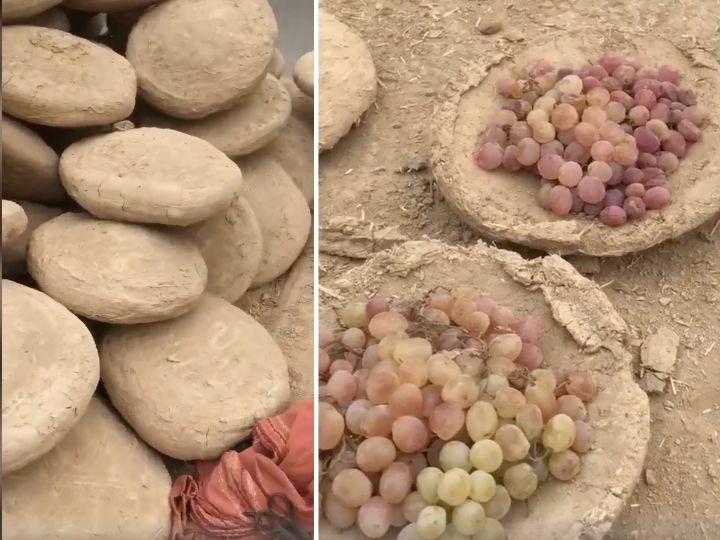This Ancient Afghan Fruit Preservation Method Has The Internet Amazed

What is your preferred method of prolonging your fruits’ shelf life — keeping it in the fridge, freezing, canning or even dehydration? What if I told you there’s another technique that not many folks know about? In northern Afghanistan there is a surprising long-established food hack that effectively preserves fruits of summer into winter months, known as kangina.
The kangina looks like two loaves of sourdough bread stuck together. Each kangina is made up of two layers of wet clay-rich mud, with each layer shaped into a bowl and then baked under the sun.
When each pair of kangina is completely dried, ripe fruit is put inside and sealed with another serving of mud to form an air-tight vessel. The kangina are then stored in a cool area, away from direct sunlight, with some actually being buried underground.
This preservation technique has been utilized for hundreds of years, yet it has barely been documented or studied, which is unexpected since the geographical area of Afghanistan has been growing grapes since at least 2000BC, making it one of the most age-old grape growing areas in the world.
So imagine, no refrigerator, no preservatives or chemicals — just a clay container. This technique works so well that they are able to preserve fruit for six months; think an archaic version of Tupperware or a ziplock bag.
So, will you be ditching your plastic containers and bags for this historic eco-friendly hack?






















